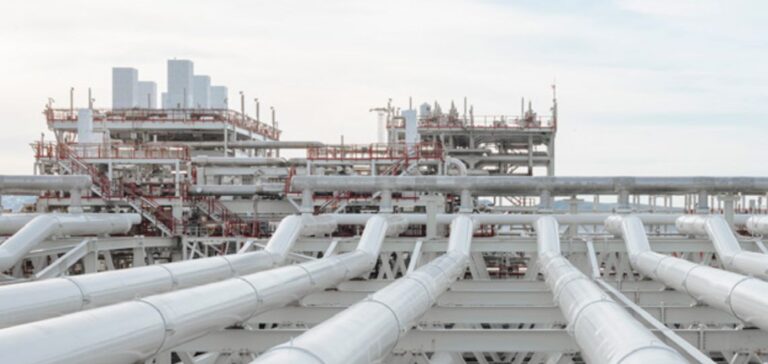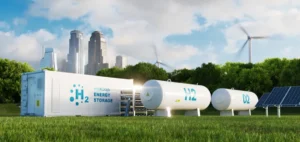Arturo Gonzalo, CEO ofEnagas, announced that the total investment for the hydrogen network, including underground storage and the H2Med subsea link connecting Spain and France, remains fixed at around 5.9 billion euros ($6.29 billion). From April to October, Enagas will apply for funding from the European Interconnection Mechanism to support both the study phase and the initial construction of the project.
H2Med project progress
The H2Med project, which aims to connect Barcelona and Marseille, is progressing, with the design phase already underway following a contract with engineering firm Wood. This development marks a significant milestone in the realization of the interconnection.
Regulatory developments
At the same time, Spain is fine-tuning the regulatory framework for its green hydrogen sector. This includes the restructuring of the National Energy Commission, which is in the process of being separated from the Market and Competition Regulator. Under the new configuration, Enagas will target a pre-tax return on investment of 7% to 8%, according to the commission.
Business model
Recent discussions between the government and the regulator have evolved from a premium-based model to one where the state assumes the risk and provides a guaranteed income, similar to the gas model, Gonzalo said. This could involve a mechanism for passing on operating and capital expenditure, and a “pay-as-you-go” scheme. The regulations will have to be aligned with European standards, be “realistic” in terms of interest rates, and include a mechanism to take account of inflation.
With the presentation of its proposal for a national hydrogen network approaching, Enagas is playing a key role in advancing Spain’s green energy agenda, while navigating a complex regulatory and economic landscape.






















